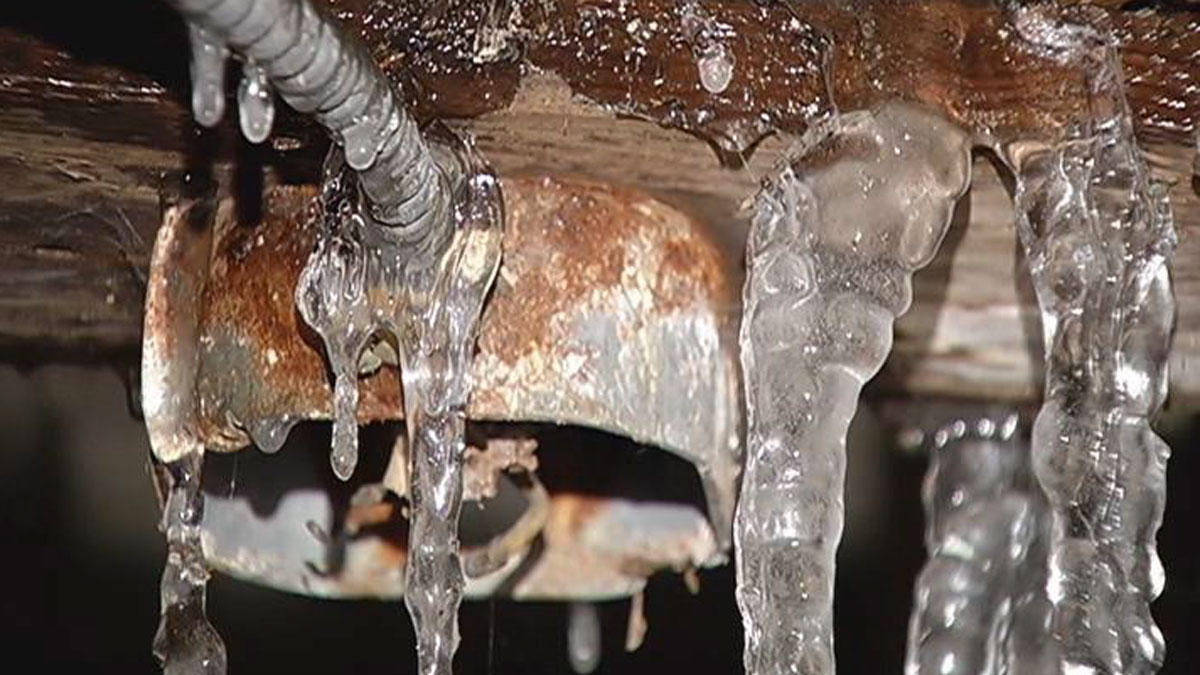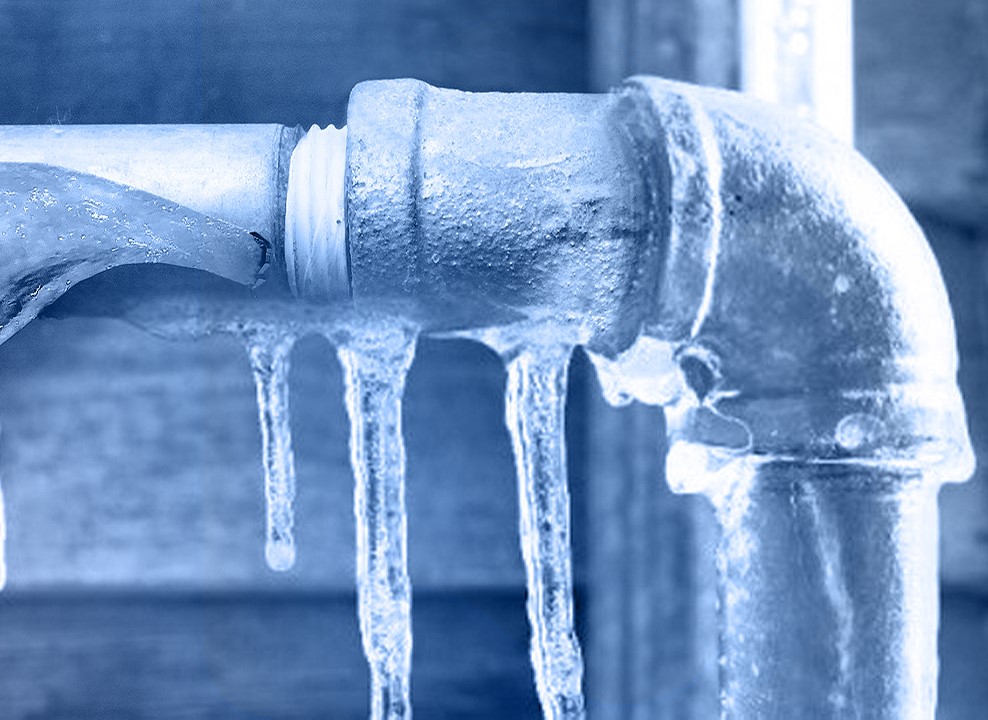Ways to Protect Your Pipes from Cold Weather: Professional Guidance
Ways to Protect Your Pipes from Cold Weather: Professional Guidance
Blog Article
We have unearthed this great article about 6 Ways to Prevent Frozen Pipes down the page on the web and thought it made perfect sense to discuss it with you on this site.

Cold weather can damage your pipes, especially by freezing pipelines. Right here's exactly how to avoid it from happening and what to do if it does.
Intro
As temperatures decrease, the risk of icy pipes rises, potentially bring about pricey fixings and water damages. Recognizing exactly how to prevent icy pipes is important for house owners in cold climates.
Comprehending Icy Pipelines
What causes pipes to freeze?
Pipelines ice up when revealed to temperatures below 32 ° F (0 ° C) for prolonged periods. As water inside the pipes freezes, it broadens, putting pressure on the pipe walls and possibly creating them to break.
Threats and problems
Icy pipes can bring about water supply disruptions, building damages, and pricey fixings. Ruptured pipelines can flood homes and create considerable architectural damages.
Indicators of Frozen Pipes
Determining icy pipes early can prevent them from breaking.
Exactly how to identify icy pipelines
Search for lowered water flow from taps, uncommon odors or sounds from pipes, and noticeable frost on subjected pipes.
Avoidance Tips
Protecting vulnerable pipes
Cover pipelines in insulation sleeves or use heat tape to protect them from freezing temperature levels. Focus on pipelines in unheated or exterior locations of the home.
Heating strategies
Keep interior areas effectively heated up, especially areas with plumbing. Open closet doors to permit cozy air to flow around pipelines under sinks.
Protecting Outside Plumbing
Yard hose pipes and outside taps
Disconnect and drain pipes yard tubes before winter months. Install frost-proof spigots or cover outdoor faucets with insulated caps.
What to Do If Your Pipelines Freeze
Immediate actions to take
If you suspect icy pipelines, keep faucets open to soothe pressure as the ice thaws. Utilize a hairdryer or towels taken in hot water to thaw pipelines gradually.
Long-Term Solutions
Structural adjustments
Think about rerouting pipelines away from outside wall surfaces or unheated areas. Include added insulation to attics, basements, and crawl spaces.
Updating insulation
Buy top quality insulation for pipelines, attic rooms, and wall surfaces. Correct insulation helps maintain constant temperatures and lowers the threat of icy pipelines.
Verdict
Preventing icy pipelines calls for aggressive actions and fast feedbacks. By recognizing the causes, signs, and safety nets, house owners can secure their plumbing throughout winter.
5 Ways to Prevent Frozen Pipes
Drain Outdoor Faucets and Disconnect Hoses
First, close the shut-off valve that controls the flow of water in the pipe to your outdoor faucet. Then, head outside to disconnect and drain your hose and open the outdoor faucet to allow the water to completely drain out of the line. Turn off the faucet when done. Finally, head back to the shut-off valve and drain the remaining water inside the pipe into a bucket or container. Additionally, if you have a home irrigation system, you should consider hiring an expert to clear the system of water each year.
Insulate Pipes
One of the best and most cost-effective methods for preventing frozen water pipes is to wrap your pipes with insulation. This is especially important for areas in your home that aren’t exposed to heat, such as an attic. We suggest using foam sleeves, which can typically be found at your local hardware store.
Keep Heat Running at 65
Your pipes are located inside your walls, and the temperature there is much colder than the rest of the house. To prevent your pipes from freezing, The Insurance Information Institute suggests that you keep your home heated to at least 65 degrees, even when traveling. You may want to invest in smart devices that can keep an eye on the temperature in your home while you’re away.
Leave Water Dripping
Moving water — even a small trickle — can prevent ice from forming inside your pipes. When freezing temps are imminent, start a drip of water from all faucets that serve exposed pipes. Leaving a few faucets running will also help relieve pressure inside the pipes and help prevent a rupture if the water inside freezes.
Open Cupboard Doors
Warm your kitchen and bathroom pipes by opening cupboards and vanities. You should also leave your interior doors ajar to help warm air circulate evenly throughout your home.

We hope you enjoyed our post about Helpful Tips to Prevent Frozen Pipes this Winter. Thanks so much for finding the time to read our posting. Feel free to take the opportunity to promote this article if you appreciated it. I appreciate reading our article about Helpful Tips to Prevent Frozen Pipes this Winter.
Call Us Now Report this page